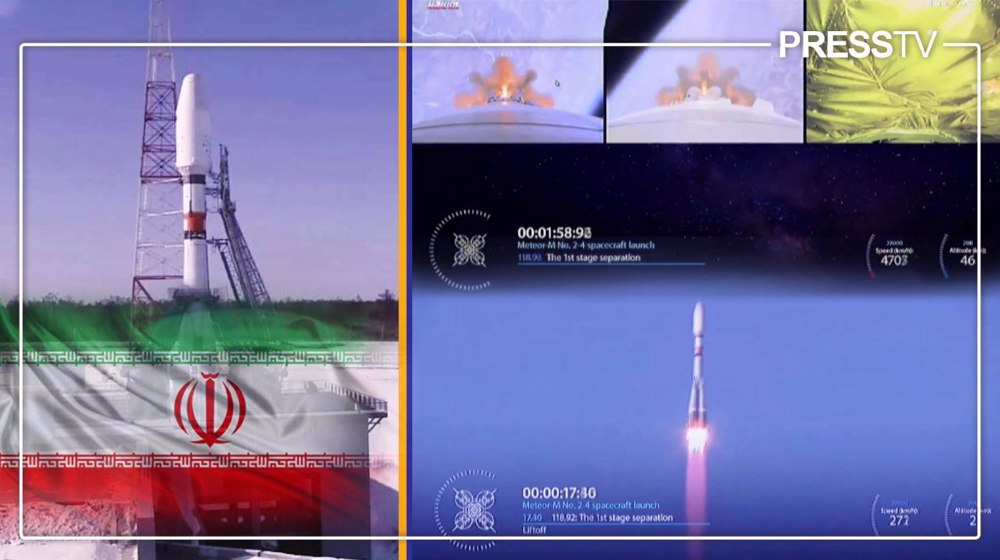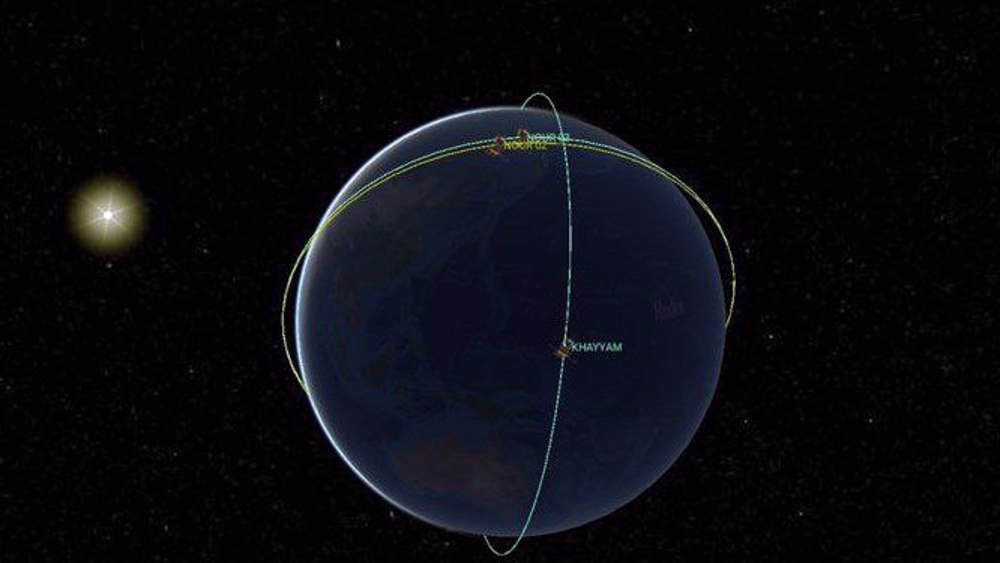Mercury completes rare celestial dance
Stargazers across the globe were in for a treat on Monday as our solar system’s smallest planet, Mercury, embarked on a rare celestial dance passing across the face of the Sun.
Around once in over a decade, Earth and Mercury align, giving amateur and professional astronomers a tiny chance to watch Mercury as it glides between the Sun and the Earth.

In pictures and footage of the event, Mercury could be seen as a tiny black blob slowly traversing our Sun’s immense disc.
"It's all about perspective," said NASA planetary sciences chief Jim Green.

The 7.5-hour passage, technically referred to as a “transit”, is rare because Mercury's orbit around the sun is tilted relative to Earth's, making the three bodies’ alignment in space uncommon.

The event, dangerous to watch with the naked eye, was the third of its kind this century and will not happen again until 2019 and then 2032.
The transit is a suitable time for astronomers to calibrate their space-based solar telescopes.
"When a planet crosses in front of the sun, it causes the sun's brightness to dim. Scientists can measure similar brightness dips from other stars to find planets orbiting them," said NASA.
Iran: Downed Israeli quadcopters cause no damage, injuries
VIDEO | Press TV's news headlines
Iran censures US veto of Palestinian request for full UN membership
Over 14,000 kids killed in Israel’s war on Gaza: UNICEF
VIDEO | Iran’s National Army Day marked at the Iranian embassy in Moscow
VIDEO | Iranian culture fosters further development, understanding in SA
VIDEO | People in Amman hold protest in support of Palestinians
French police arrest man after threatening to detonate himself at Iran consulate









 This makes it easy to access the Press TV website
This makes it easy to access the Press TV website